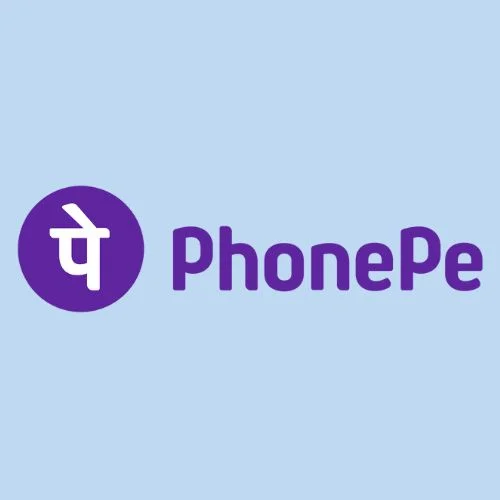PC: Medium
A recent crackdown by the Reserve Bank of India on peer-to-peer lending has sent ripples across the industry. Investors who have used MobiKwik’s Xtra are in a tizzy over the withdrawal of funds from the platform. The reason apparently lies in the sudden revision of the withdrawal policy by Lendbox, the lending partner of the platform.
Many users have also complained on the microblogging site that their investments were transferred to other borrowers without seeking their consent to do so. The development has left many scratching their heads, especially considering that the RBI’s directives do not directly impact the investments made by users.
Stoppings of any time withdrawal also seem aligned with the RBI’s master direction that prohibits marketing of P2P as an investment product offering features like assured minimum returns linked to tenure and liquidity options.
Xtra, from MobiKwik, promises returns as high as 14% return on investment; it claims to have disbursed over 300,000 loans amounting to Rs 7,373 crore so far. But the recent change in its withdrawal policy has kept investors in a state of uncertainty.
According to the revised guidelines, no lender can invest more than Rs 50 lakh on a P2P platform and can lend not more than Rs 50,000 to a single borrower. The reason for this abrupt change in the withdrawal system claimed by Lendbox is due to the new set of regulations issued by RBI; thus, the way lending culture works on this platform has changed a lot.
In response to the changing situation, a MobiKwik spokesperson explained that the portal simply acted as a channel partner for Lendbox. The spokesperson also assured that the users would get back their principal and interest, as and when repayments start coming in from the borrowers. The money, however, would be credited only on the 12th of every month. This expected repayment chart would soon be made available on the MobiKwik app for everybody’s information.
Issues with MobiKwik Xtra investors are not unique, as customers of BharatPe’s 12% Club, another leading P2P lending platform, have also complained about shifting goalposts in its withdrawal policy. Incidentally, BharatPe reportedly throttled the onboarding of new customers into the 12% Club, mirroring the overall trend of a slowdown in onboarding seen across P2P lending platforms since the RBI’s regulatory intervention.
There are some platforms that have stopped the onboarding process in light of this development, like Liquiloans, but quite a few, such as LenDenClub, Faircent, 13Karat, and CRED Mint remain on the platform to find ways through turbulent times in P2P lending in India. It is from how these industry adaptations go about that the shape of the future of P2P lending and investor experience in the sector will emerge.















